The magic of Fender Japan: how MIJ custom finishes and unorthodox builds dug a rabbit hole for collectors
Keith Anderson makes his livelihood bringing rare Fender Japan electrics into the UK and he’s seen thousands over the years. Here he explains the appeal
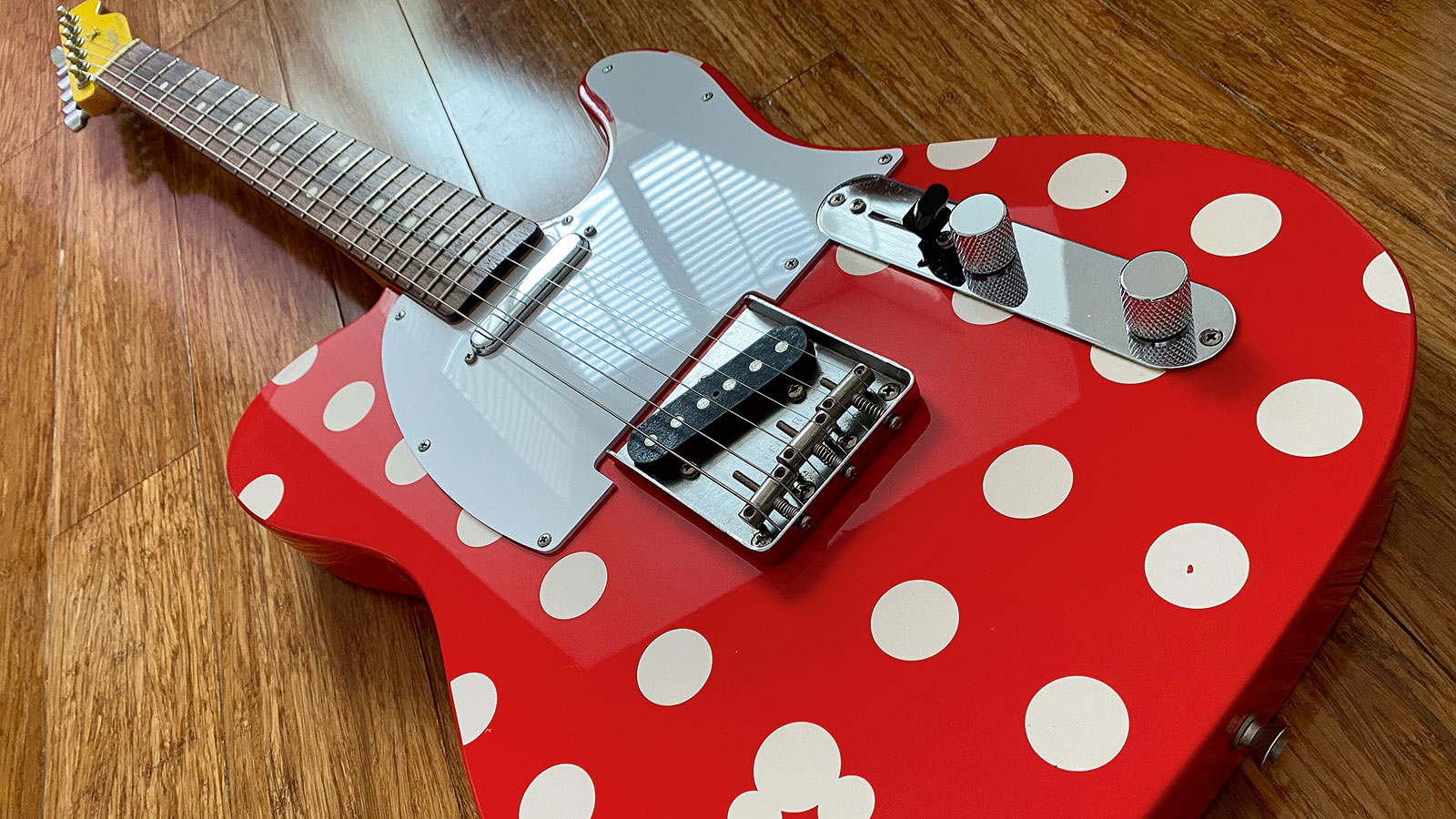
When we think of Japanese Fender and Squier electric guitars from the 80s onwards, we often imagine pristine-looking reissues available from the official Fender Japan ranges of a given time period. But Fenders made for the domestic Japanese market are a riot of custom finishes and features not seen in Europe and the US, while their build quality is typically exceptional.
To get a sense of what’s on offer for the guitarist willing to hunt down rarities from the past 40 years of Japanese production, we caught up with Keith Anderson of Gas Station Guitars in the UK town of Taunton, who turned a casual hobby of sourcing Japanese-market Fenders into a flourishing business a few years ago.
Here, he explains what to look out for and expect when buying Japanese Fender and Squier instruments. Be warned, though – he says it can get addictive...
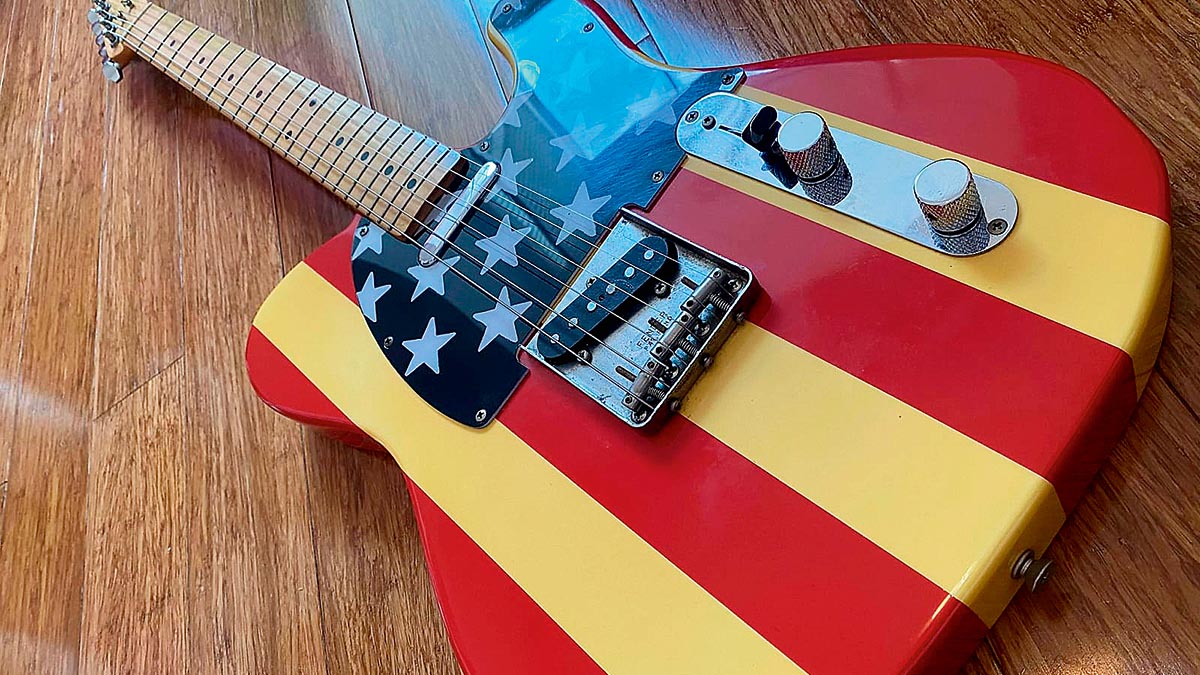
What are the key terms we should be aware of with Japanese Fenders?
“Well, you’ve got MIJ/CIJ thing, when the guitars were made in FujiGen, which was the first factory that had the contract for Fender in Japan. Before the serial number, it would have the words Made in Japan, abbreviated to MIJ.
“And then when FujiGen moved on to other things and the contract went between a factory called Dyna and Tokai, they rebranded the prefix of the serial number to CIJ [Crafted in Japan]. So you do have a bit of a MIJ versus CIJ debate going on now about which were the better Fender Japan guitars. And the truth is they’re all good.
I’ve had thousands through my hands – FujiGen are probably a little bit more sought-after now because that factory has almost mythical status
“When Fender moved from FujiGen to building guitars in the other factories, there was really no drop in quality. You do get people trying to instigate a debate... In my experience – and I’ve had thousands through my hands – FujiGen are probably a little bit more sought-after now because that factory has almost mythical status with the early Fenders and the fact that they built some really nice old Grecos and stuff prior to building guitars for Fender.”
Get The Pick Newsletter
All the latest guitar news, interviews, lessons, reviews, deals and more, direct to your inbox!
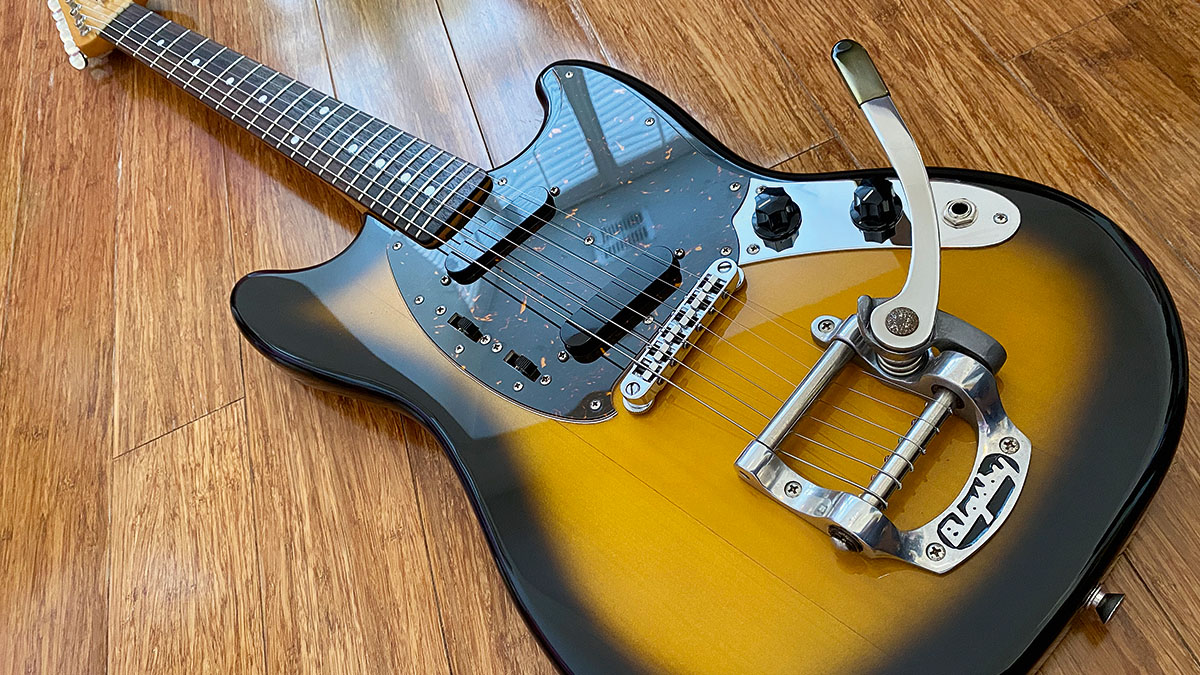
Japanese-built Gretsches and ESPs are seen as absolute top-quality marques. Does Fender Japan still suffer from being perceived as a rung down from USA-made equivalents?
“I think it’s a perception that comes from when Fender originally moved over there in the early 80s and it was seen [partly] as a cost-cutting exercise. The factory Fender originally got to build their guitars was FujiGen.
“FujiGen had started in 1960 and had made a kind of niche for themselves in copying other guitars like Gibsons and Fenders through brands like Greco. Fender had been in the doldrums in the 70s and I think they now realized that, actually, the guitars being built in FujiGen were fantastic.
People are starting to see Fender Japan as quite an exclusive brand in its own right. It’s not the cheap alternative any more
“I think Tokai almost got the original contract with them in 1980, but that fell through, so Fender went to FujiGen. And so the original idea of a cost-cutting range of guitars is perhaps what’s persisted in people’s minds when they think of Japanese Fenders. But nowadays if any boutique guitar company was to move production to Japan it wouldn’t be seen as a step down, just a step across.
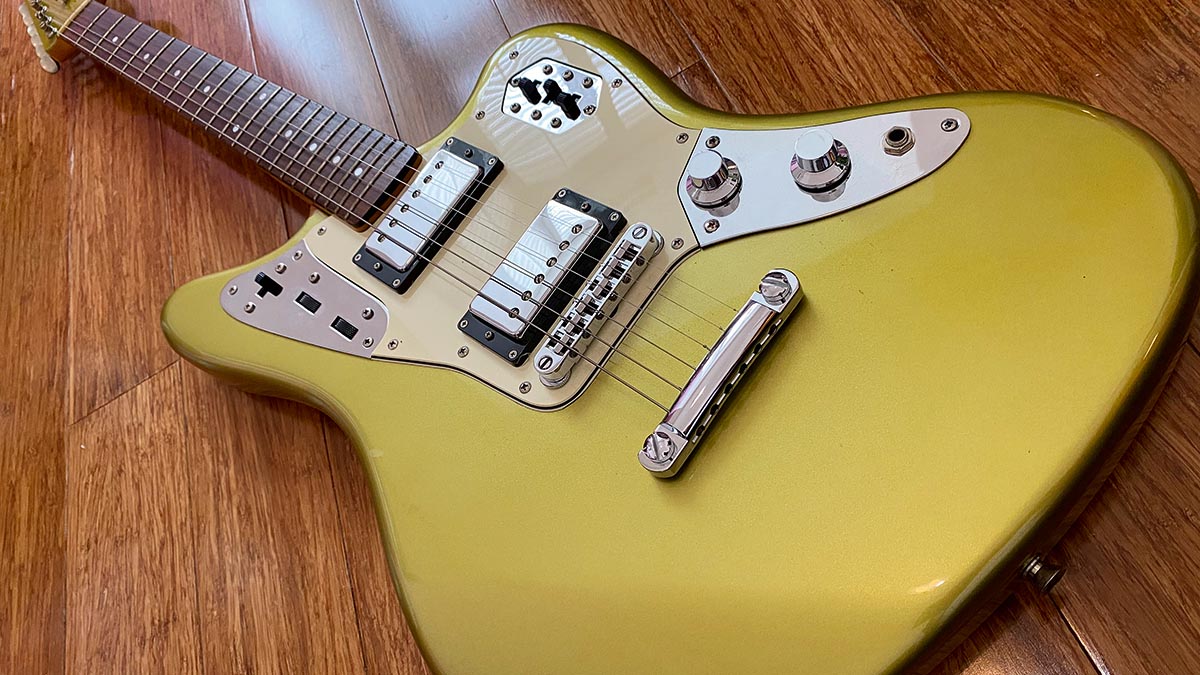
“I guess the one weakness, or what some people see as a weakness of Fender Japan, is that their Achilles heel is their electronics. You’ll get a lot of people saying the pickups and the wiring are a bit shitty... And, to be honest, it can be on a lot of the guitars.
“So what people normally do is buy the guitar because it’s just a fantastically well-made instrument, then put their own boutique pickups in there, their own wiring – and you’ve got the best version of that guitar you could probably ever have.
“A lot of people do that with their Fender Japan guitars. And, you know, most of the Fender Japan guitars were poly finished, which some people don’t like as much as nitro lacquer. But it’s not something that’s ever really bothered me.”
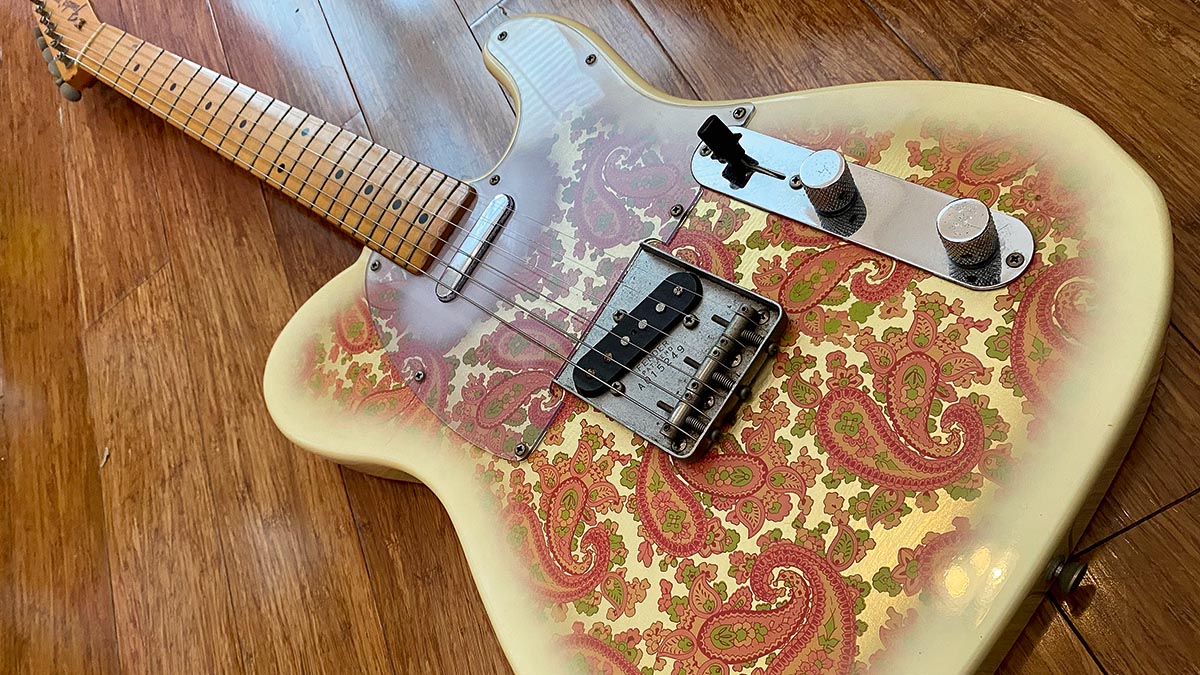
How has the output of Fender Japan changed over the years?
“They’re doing very, very small production runs now. Alongside that small production run, they’ll do an even smaller production run. For example, they recently did a kind of Jazzmaster reissue with a basswood body and that was a limited FSR run. Then, almost to launch it, they made a really, really limited Jazzmaster run based on the same build, but it was an alder body with a walnut stain...
“They’re still kind of trying to price their guitars right, but I think they’ve cottoned onto the fact that people are starting to see Fender Japan as quite an exclusive brand in its own right. It’s not the cheap alternative any more.”
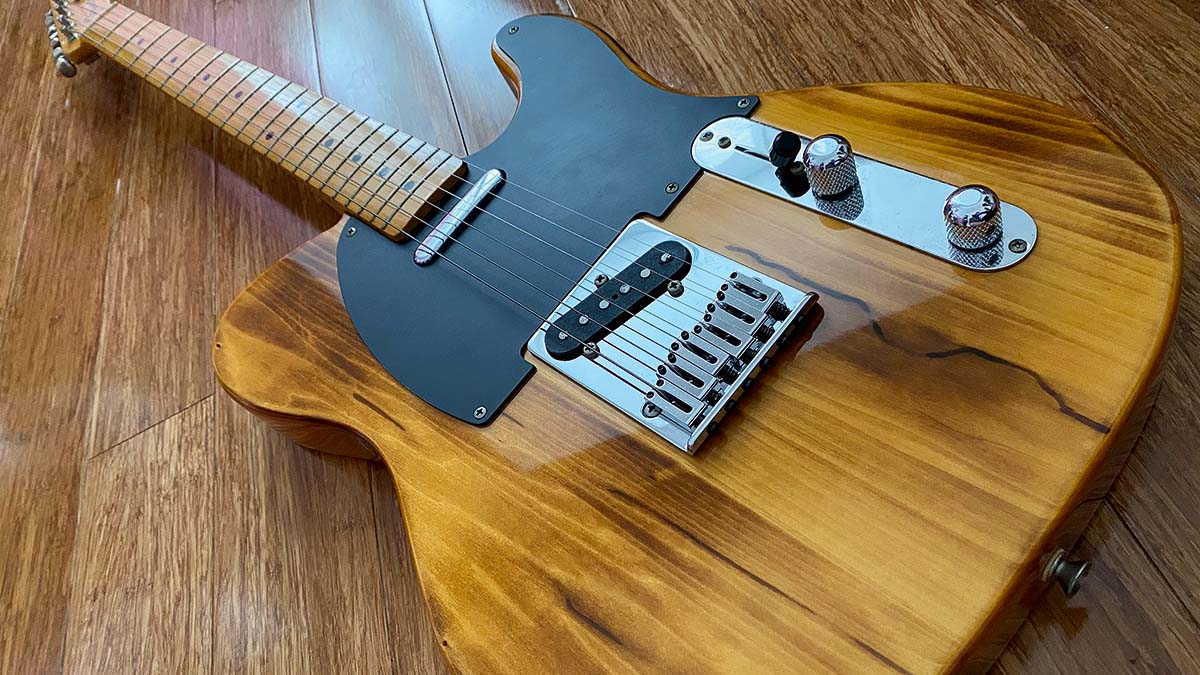
What have been the standout best Fender Japan guitars that you’ve seen over the years?
“They made a rough approximation of an Albert Collins Telecaster, around the mid-2000s, and it was an absolutely fantastic guitar. I don’t think they were allowed to call it the Albert Collins Telecaster... That was a superb guitar.
“They also made a guitar based quite loosely on Keith Richards’ Micawber with the humbucker at the neck. It was like a boat anchor and FujiGen only used really heavy ash for it. But again, an absolutely fantastic guitar.
“I have one of each in my own collection and I would never part with them. I’m quite partial to the J Mascis purple sparkle Jazzmaster, too. That’s a great guitar, even though they made it from basswood. A lot of people look down on basswood, but I’ve got no problem with it, personally. Those stand out as some of my favourites.”
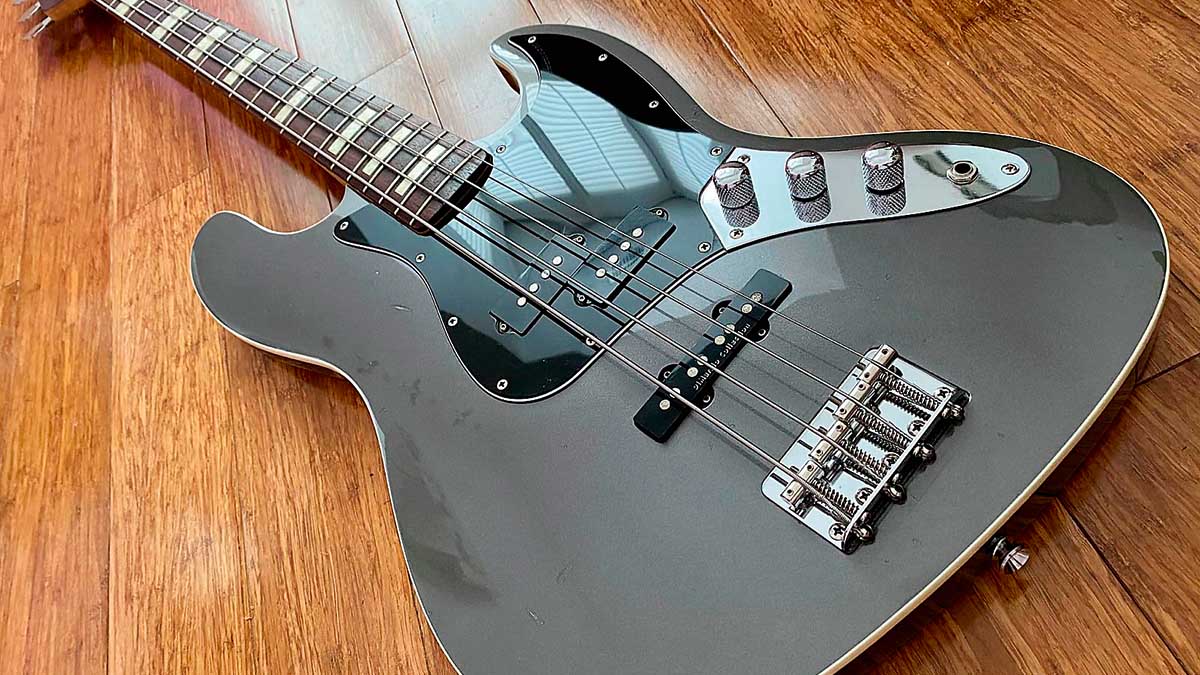
You must have seen some real oddities and one-offs over the years...
“Recently I had – which I never knew existed – a hollowbody Mustang in. Like a thinline Mustang... In all other ways it was just a standard Mustang, but it just had the f-hole in it. It was something you would never expect: why would you make a hollow Mustang like that? But it actually worked, it was quite a nice guitar – that one shocked me.
“I’ve also had a Mustang that was made just in Japan, for a particular guitar store, which had a factory-fitted Bigsby on it as well. That one stands out: again, why would you put a Bigsby on a Mustang? But they did and it worked and there are a few like that.”
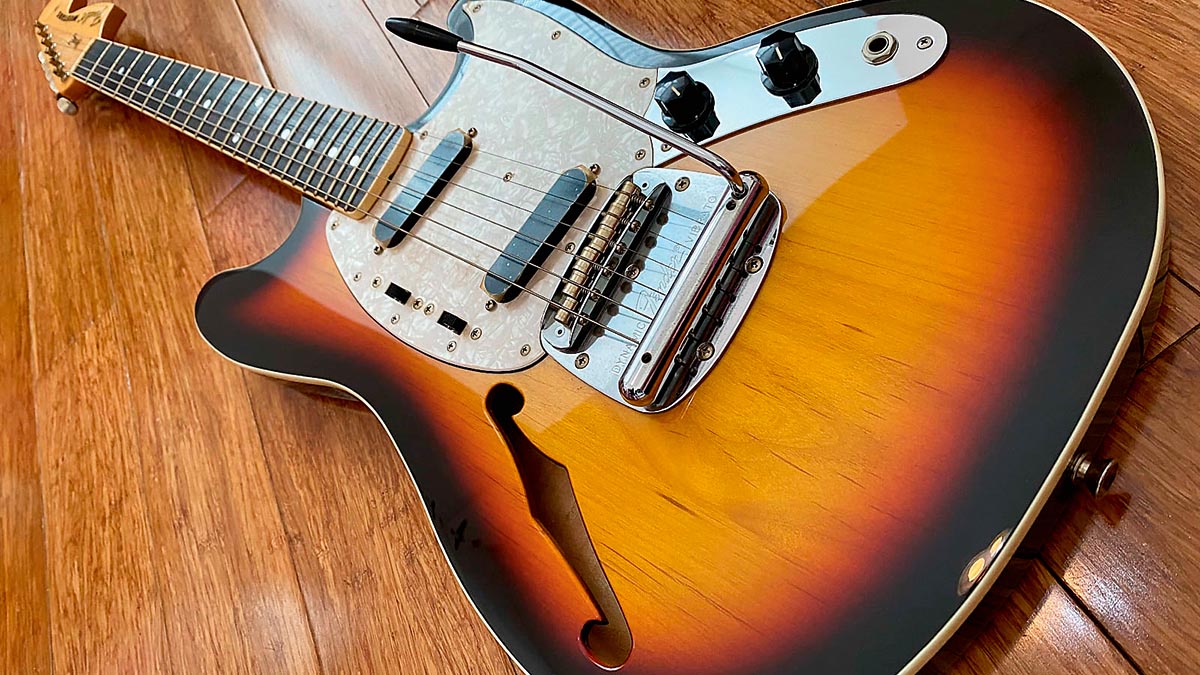
Do you come across much interesting Squier and early Fender JV stuff?
“The way I run my business, I’m lucky in that I get to select what I have – and I am a bit more skewed towards the FujiGen era. So all the way from ’92 to about the mid-90s... But I don’t get a huge amount of JV stuff in purely because, at the time, a lot of it was exported over here anyway. So because I buy directly from Japan I don’t get a huge amount of the JV or the Squier stuff in. It’s effectively more obscure [over there] than the Fender Japan stuff I normally go for, you know, of which there’s absolutely thousands and thousands of models.
People make the mistake of downloading the Fender Japan catalogues and thinking that’s the be all and end all – when actually it’s just the tip of the iceberg
“I think people make the mistake of downloading the Fender Japan catalogues and thinking that’s the be all and end all of Fender Japan – when actually it’s just the tip of the iceberg.
“There’s so much out there that was made in very, very limited numbers, like special orders for Japanese guitar stores. That’s what I love about it: you can never actually get to the bottom of it, you know? It just goes on and on the further you get down the rabbit hole.”
Jamie Dickson is Editor-in-Chief of Guitarist magazine, Britain's best-selling and longest-running monthly for guitar players. He started his career at the Daily Telegraph in London, where his first assignment was interviewing blue-eyed soul legend Robert Palmer, going on to become a full-time author on music, writing for benchmark references such as 1001 Albums You Must Hear Before You Die and Dorling Kindersley's How To Play Guitar Step By Step. He joined Guitarist in 2011 and since then it has been his privilege to interview everyone from B.B. King to St. Vincent for Guitarist's readers, while sharing insights into scores of historic guitars, from Rory Gallagher's '61 Strat to the first Martin D-28 ever made.
“The nuisance is exacerbated by the repetition and poor quality of some of the performances”: Buskers banned from London’s Leicester Square as performances likened to “psychological torture”
“It went wrong since Corona”: Bax Music, one of Europe’s largest musical instrument retailers, files for bankruptcy and ceases operations

![A black-and-white action shot of Sergeant Thunderhoof perform live: [from left] Mark Sayer, Dan Flitcroft, Jim Camp and Josh Gallop](https://cdn.mos.cms.futurecdn.net/am3UhJbsxAE239XRRZ8zC8.jpg)









